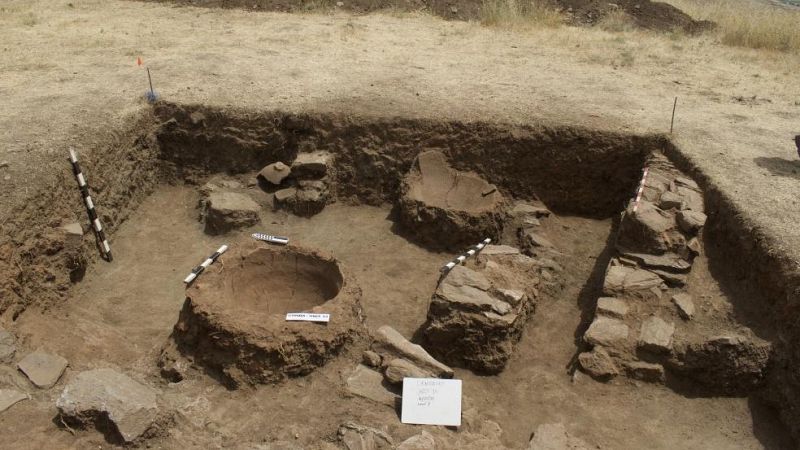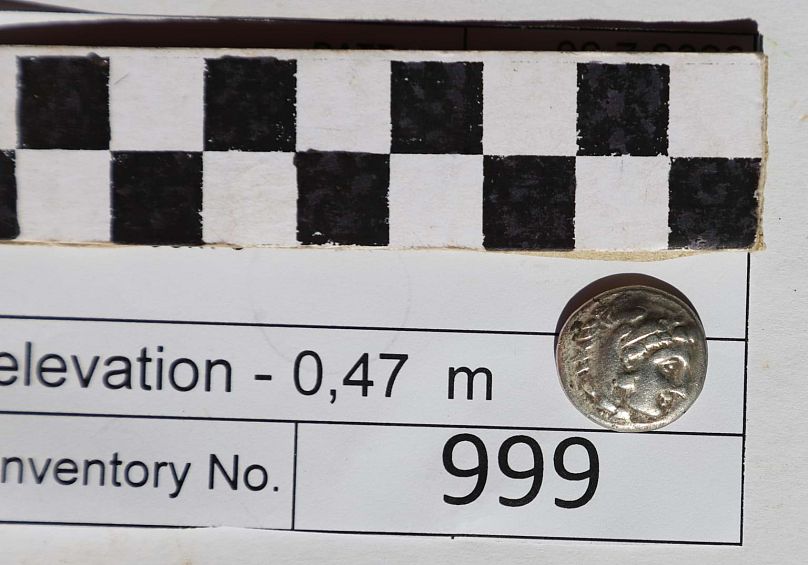
First discovered in the 1960s, archaeologists have spent the last 15 years believing the Gradishte site was a military outpost to defend against Roman attack from the era of King Philip V (221 BCE to 179 BCE).
However, the site near the Macedonian village of Crnobuki, has turned out to be of far more historical significance. Archaeologists believe they’ve found the city of Lyncus.
In the 7th century BCE, Lyncus was the capital city of Lyncestis, founded in the northernmost mountain region of Upper Macedonia.
Lyncestis was an independent polity that held a useful trade route position on the way east to Lydia, now Türkiye. Lyncus was the birthplace of Eurydice, the grandmother of Alexander the Great.
Eurydice’s son Philip II of Macedon conquered Lyncestis in the 4th century BCE, bringing the independent state into the Kingdom of Macedon. This set the stage for his son, Alexander the Great, to become the king of the Macedonian empire.
“It is a civilization that played a major role in today's understanding of the world and the desire to connect different civilizations and cultures,” Engin Nasuh, curator-advisor archaeologist at the National Institute and Museum–Bitola says.

The discovery of an Alexander the Great-era coin first suggested that the site was from an older period. In 2023, North Macedonia’s Institute and Museum-Bitola and the California State Polytechnic University in Humboldt researchers used radar and LiDAR scanning to uncover the site.
What they discovered was a seven acre acropolis that included a Macedonian theatre and a textile workshop. They continued to discover multiple stone axes, coins, pottery shards, and textile tools.
There’s now evidence that the site was occupied by humans since at least the Bronze Age (3,300-1,200 BCE).

“It highlights the complex networks and power structures of ancient Macedonia, especially given the city’s location along trade routes to Constantinople,” Nick Angeloff, an archaeologist at Cal Poly Humboldt called the Gradishte discovery.
“This discovery is significant,” says Angeloff. “It highlights the complex networks and power structures of ancient Macedonia, especially given the city's location along trade routes to Constantinople. It’s even possible that historical figures like Octavian and Agrippa passed through the area on their way to confront Cleopatra and Mark Antony at the Battle of Actium.”
“All these studies are just a small part of the research of early European civilizations,” Nasuh says. “I see it as a large mosaic, and our studies are just a few pebbles in that mosaic. With each subsequent study, a new pebble is placed, until one day we get the entire picture.”







